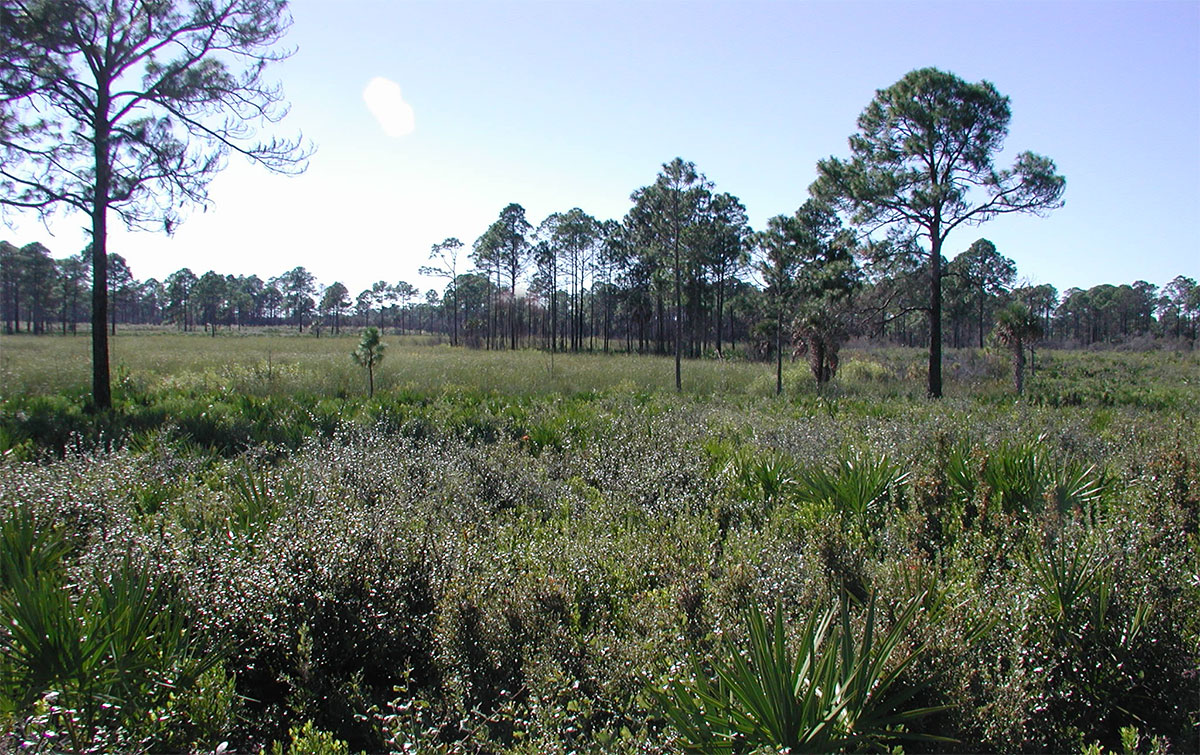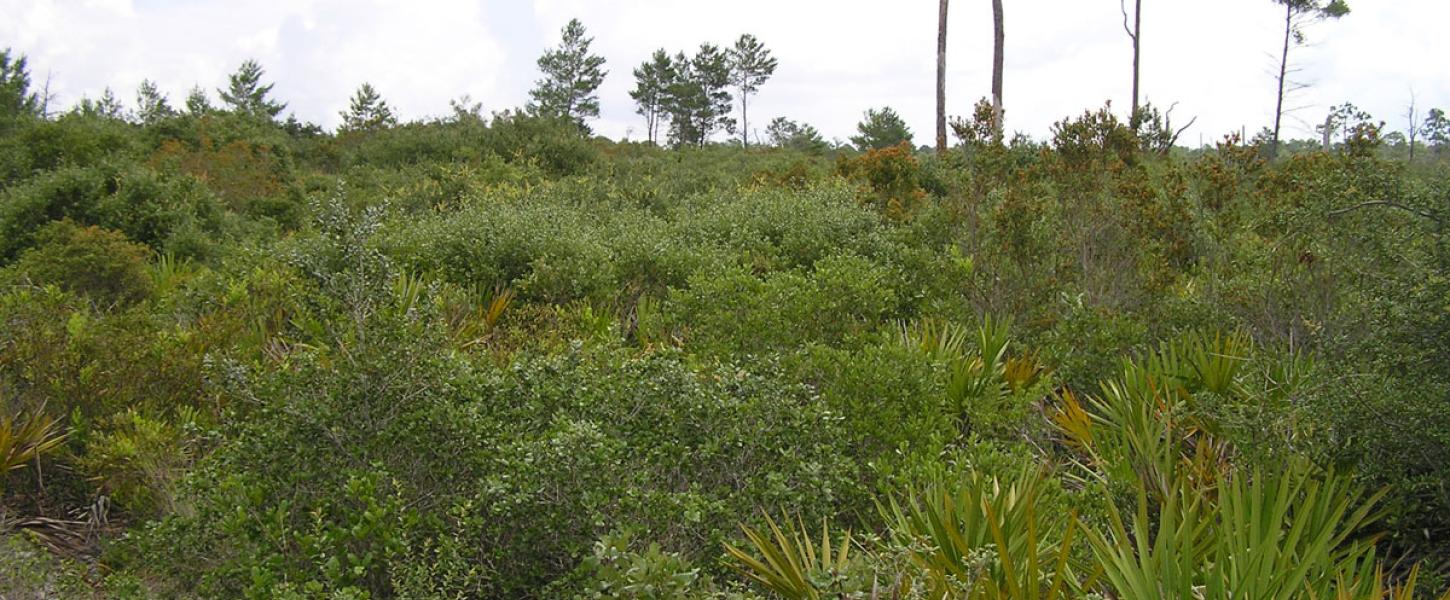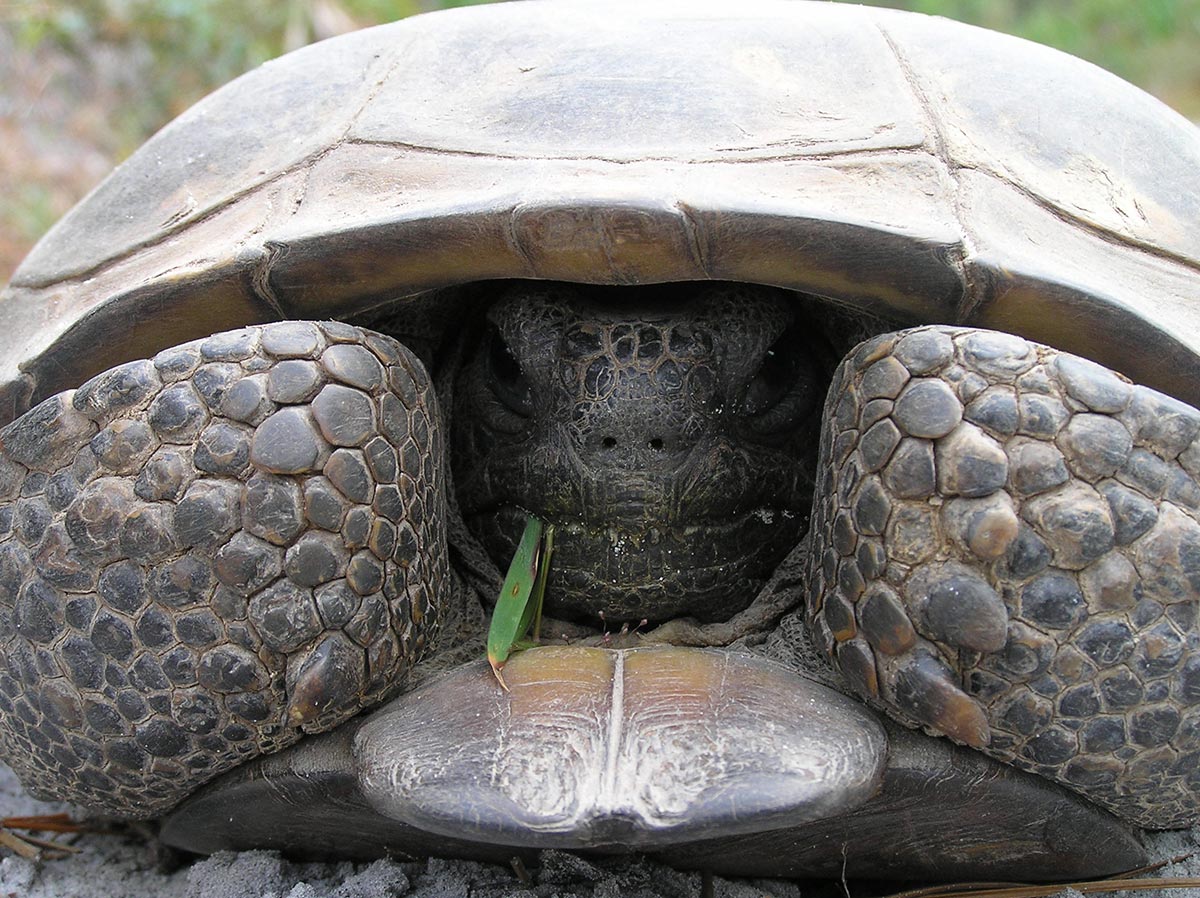
Wild Places of Cedar Key Scrub

As the name implies, Cedar Key Scrub State Reserve protects one of Florida’s rarest and most unique natural communities: scrub. Scrub is found on deep white “sugar sand” ridges across Florida. Only the toughest plants can grow in these sterile sands - plants that must also be able to survive the catastrophic fires that periodically sweep through scrub.
A handful of shrubby plants co-exist with the fast-growing sand pines, including three scrub oak species: myrtle, Chapman’s and sand live oak. The shrubs survive fires by re-sprouting from underground root systems. The sand pines are often killed by natural fires and must quickly grow from seed and produce more seeds before the next fire.

The reserve also preserves even more acres of scrubby flatwoods that share many plant species with scrub but lack sand pines because it burns too frequently. Scrubby flatwoods occur on the shallower sands in between the scrub ridges and transitions into mesic flatwoods as the soils get wetter.

A variety of wildlife inhabit the scrub. Gopher tortoises dig their burrows in the soft sand, and many other species rely on their burrows for shelter from the sun and from fire. Indigo snakes, one of Florida’s rarer, federally threatened snakes, live in the scrub searching for their favorite food – other snakes. And occasionally, a Florida scrub-jay can be spotted within the scrub oaks that supply these gregarious birds with food and shelter.

Scrub and scrubby flatwoods evolved with lightning strike fires shaping the landscape, clearing out excess vegetation and allowing for new growth. A mosaic of burned and unburned areas is critical to a healthy scrub ecosystem. Here, both prescribed fire and mechanical treatment are essential tools used to benefit the scrub’s plant and wildlife residents in ...the Real Florida.